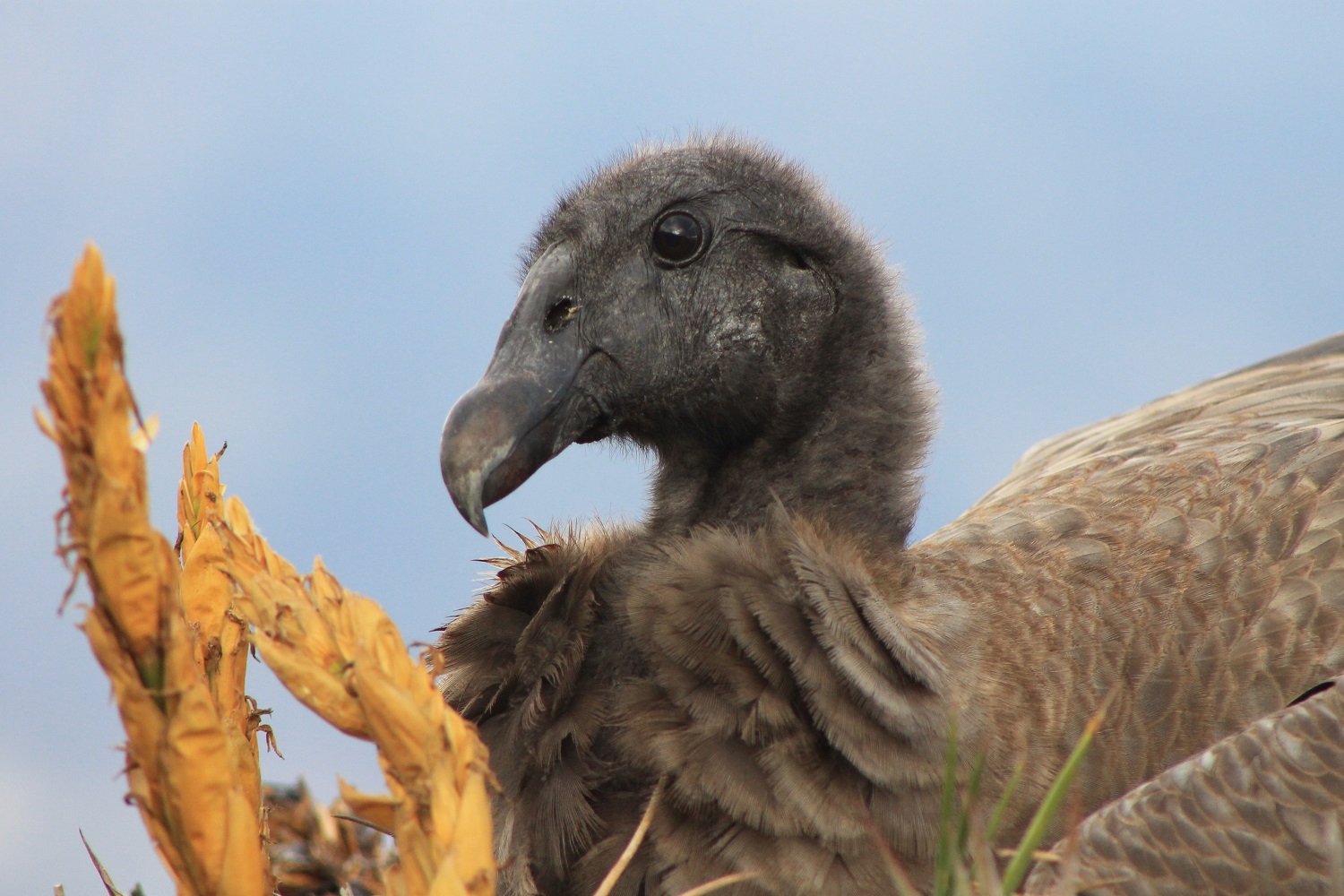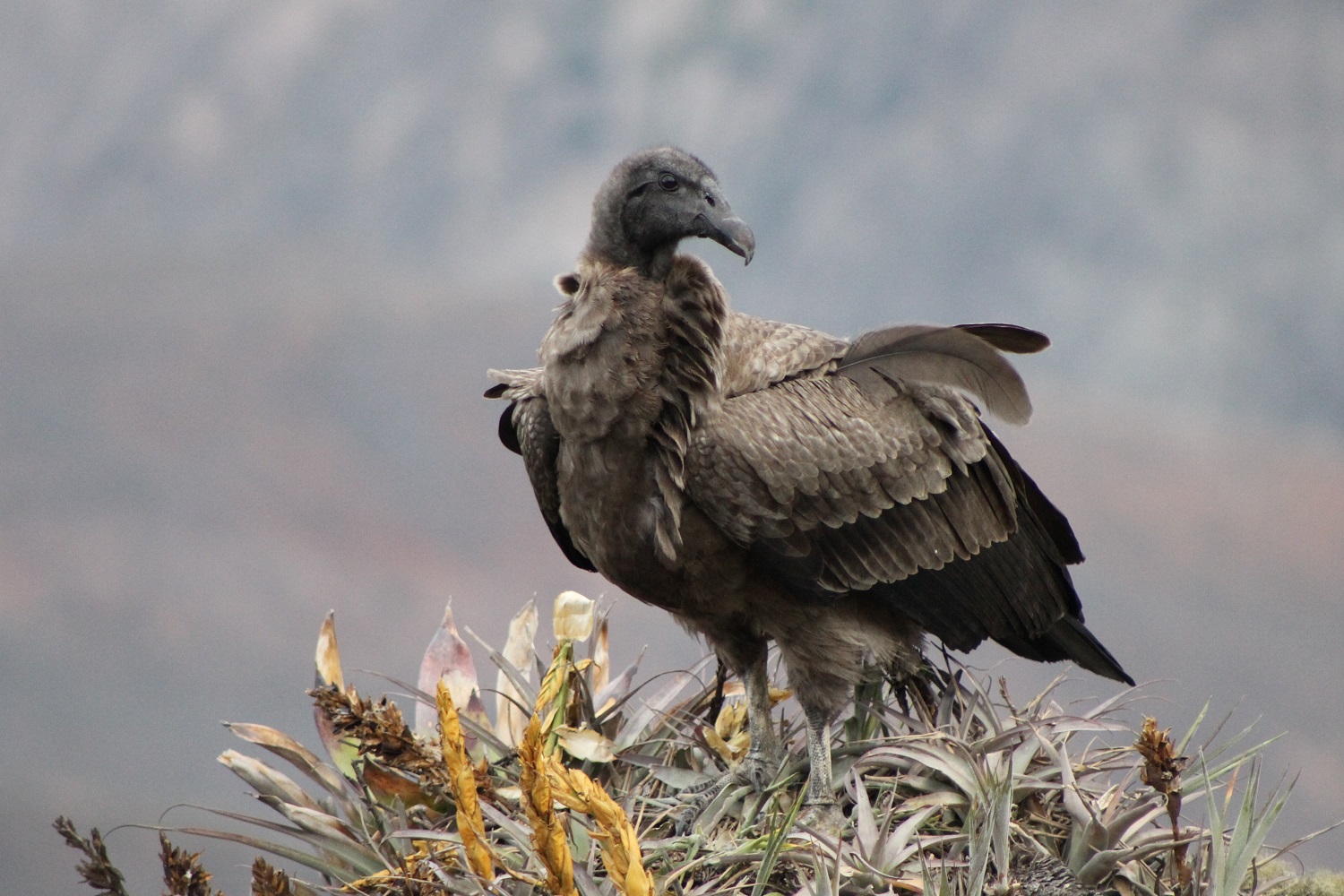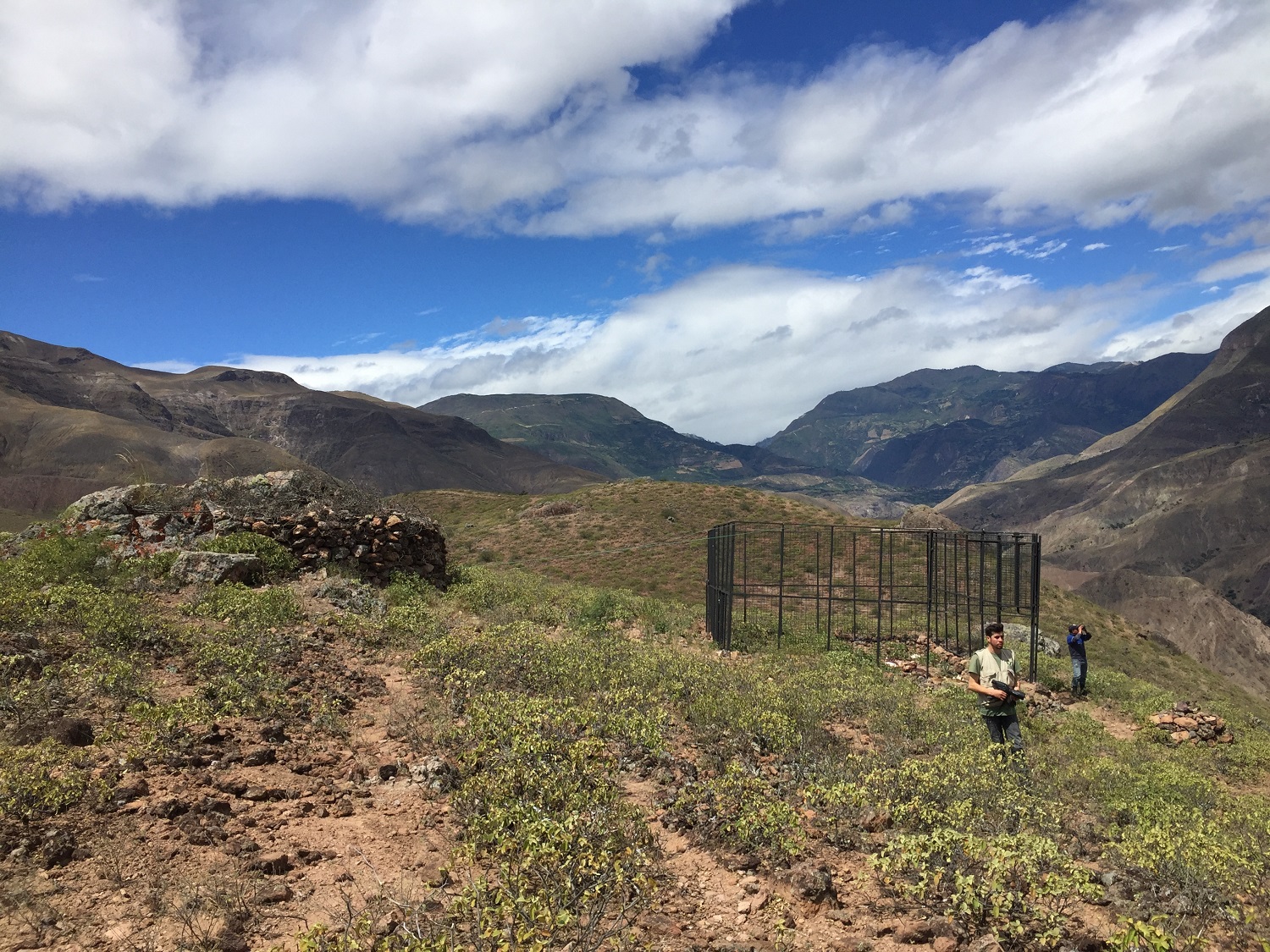Partnering to Preserve Ecuador’s Birdlife and Critical Habitats

The National Aviary’s work to conserve the majestic Andean Condor is collaborative, and researchers work with zoos and public agencies in Ecuador to preserve condors and other birds, and their habitats.
Bioparque Amaru: Andean Condors in Zoos
The Andean Condor is considered endangered in Ecuador and other central Andean countries. The National Aviary has formed a strategic partnership with Bioparque Amaru in Cuenca, Ecuador to further the conservation of wildlife native to high Andean habitats, including the Andean Condor. This partnership builds on the knowledge that effective and economical conservation efforts must be expanded in situ, that is, where the birds naturally occur.

Bioparque Amaru is a center for rescued wildlife and public conservation education, and serves a station for biological investigations in the high Andes of southern Ecuador. Organized into various zones representing the diverse ecosystems of Ecuador, Bioparque Amaru is home to animals rescued from the illegal wildlife trade. Each month, Bioparque Amaru receives dozens of wild animals seized from trafficking by the Ecuadorian government. Amaru staff evaluate their suitability for release, provide medical care, proper diets, and suitable housing—temporarily, or long-term.
The National Aviary has partnered with Bioparque Amaru in the construction of a breeding center for one pair of Andean Condors. Innovative habitats incorporate native plants, natural rock outcrops, and an existing ravine, providing for a very natural environment that encourages breeding. Andean Condor breeding programs are also coordinated with the National Andean Condor Conservation Group (Group Nacional de Trabajo por la Conservacion del Condor Andino, GNTCA), with the hope that one day the offspring of condors bred from Ecuadorian zoos can be safely released to soar in the skies over the Andes Mountains.
Get close to these impressive birds with 10-foot wingspans in Condor Court at the National Aviary. This outdoor habitat is home to three Andean Condors.
Partnering with Public Agencies: Avian Research Informs National Park Management
At the National Aviary, we have built extensive collaborative relationships to address avian conservation issues in the high Andes of southern Ecuador. Many of our conservation activities focus on generating management and conservation tools to address the needs of birds across the landscape. By working with land and resource managers on their research priorities, we help to ensure informed management and conservation of Ecuador’s unique birds and their habitats, and help guarantee community-wide support for their conservation.
Cajas National Park covers more than 28,000 hectares in the high Andes of southern Ecuador and is situated on the continental divide approximately 35 kilometers west of Cuenca. Elevation in the park ranges from 3,160 to 4,450 meters and about 90% of the park is páramo interspersed with patches of Polylepis forest. At lower elevations lies montane cloud forest (bosque altoandino), cloud forest degraded by the planting of introduced tree species (bosque introducido), and secondary cloud forest (bosque altoandino secundario) which varies from open pasture-like habitat to a more dense forest.
The park serves as a major water catchment for the city of Cuenca and other surrounding villages; approximately 80% of the city’s water comes from rivers and streams originating in the park. For this reason, the city of Cuenca’s municipal company for water supply (ETAPA) co-manages the national park.
Working with ETAPA and the Ministry of the Environment, the National Aviary has studied the impact of decades of forestry, grazing, and other human disturbances on birds in the high Andes. Given that there is extensive deforestation in the region, and that habitat change is a continuing threat to birds, it is imperative to evaluate how community structure has changed over time, and how it will change with continued deforestation or reforestation.

At the request of land managers, we have also studied how birds respond to the presence of tourism infrastructure and tourists, and how the presence of a major trans-Andean highway through Cajas National Park affects bird populations. Addressing the omnipresent problem of cattle grazing in the high grasslands, we have also quantified impacts of cattle on bird communities.
Finally, studies with collaborators at the University of Azuay and Bioparque Amaru have combined to affect national park planning in a huge way! In 2017, the Ministry of the Environment recommended protection for a new national park in the southern Andes. This new park, covering tens of thousands of hectares, would protect an area very frequently used by Andean Condors, as revealed by our field studies.
Field studies by the National Aviary and our Ecuadorian collaborators have informed management efforts by ETAPA and the Ministry of the Environment in very concrete ways. We value highly these relationships, and look forward to continuing research to inform management of protected areas critical to the conservation of birds.
